 |
| Roseberry Topping is a distinctive and iconic landmark with a ‘fin’ like shape and is a very noticeable peak on the Cleveland Hills. It’s a brilliant destination for a walk for all ages. |
The 3 best Roseberry Topping walking routes that you need to know about
Roseberry Topping FAQ
How high is Roseberry topping?
Roseberry Topping is 320m high (1,049ft) and whilst not the biggest hill you’ll ever see it’s a very distinctive local landmark that just needs to be tackled on a walk as it gives some of the best views in the area.
How long is the walk up to Roseberry Topping?
It depends on the walking route you take, with the shortest walk being 1.3 miles there and back and can be done in an hour. There are longer Roseberry Topping walking routes and multiple paths to the summit, and the 3 best routes in my humble opinion are featured on this blog post.
Is Roseberry Topping a difficult walk?
It’s quick to walk up to the summit of Roseberry Topping, but it does get steep in parts (whilst being perfectly safe). It is a great walk for all ages, from kids as young as 3 and for those with a reasonable level of fitness and mobility.
Where do you park to walk Roseberry Topping?
Roseberry Topping has its own car park nearby on the A173 maintained by the National Trust (Post code: TS9 6QS). It can get quite busy on weekends and will cost you a few quid to park. If this car park is busy – there’s another pay & display car park about 300 yards north up the A173 road past the King’s Head Inn (make sure you do purchase a parking ticket as the wardens are quite on the ball around these parts unfortunately).
#1 ROSEBERRY TOPPING WALK.
The quickest & SHORTEST walk
This is the quickest and most direct way to tackle Roseberry Topping – which starts at the Roseberry Topping Public Car Park (TS9 6QS). It’s about 1.3 miles there and back and the total walk can be done in about an hour depending on your fitness and time at the top 🙂
Roseberry Topping quick walk overview details:
WALK OVERVIEW:
WALK DISTANCE: 1.3 miles
WALK TIME: 1 hour
WALK DIFFICULTY: MODERATE/STEEP

#2 ROSEBERRY TOPPING WALK
The sCENIC ROUTE – bluebell walk through Newton Wood
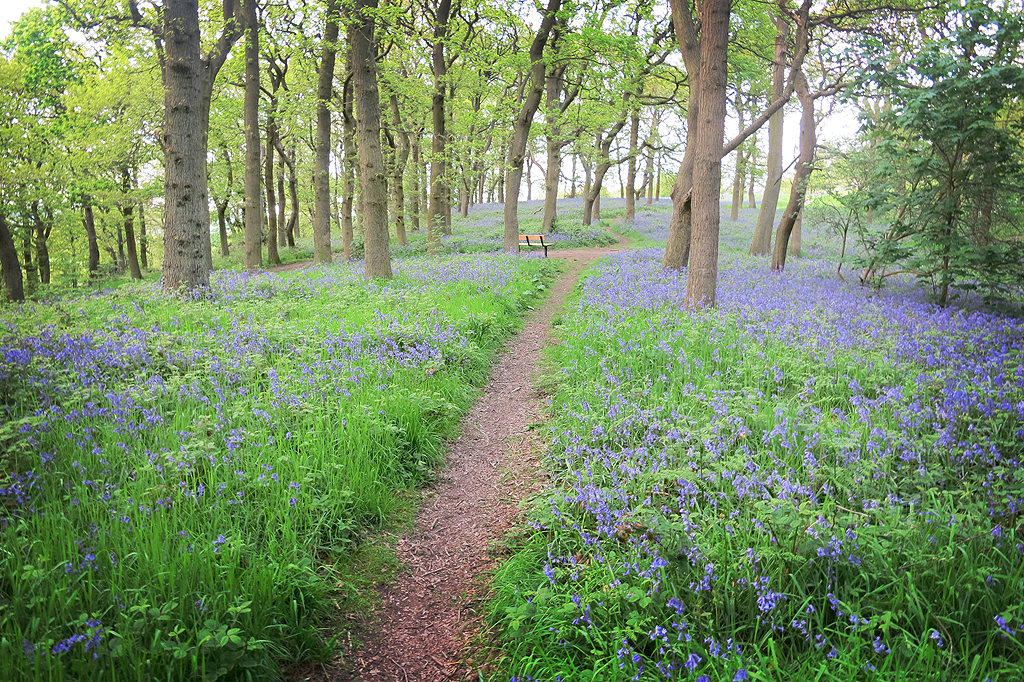 |
| You’ll see plenty of Bluebells on this walk through Newton Wood if you do it in May/June when they are in full bloom. |
Life Insurance
Roseberry Topping ‘Bluebell’ wood overview details:
WALK OVERVIEW:
WALK DISTANCE: 2.4 miles
WALK TIME: 1.5 hours
WALK DIFFICULTY: EASY

#3 ROSEBERRY TOPPING WALK
The best long Roseberry Topping circular walk, from Great Ayton, via Captain Cooks Monument
Life Insurance
Roseberry Topping walk via Captain Cooks Monument & Cockshaw Hill overview:
WALK OVERVIEW:
WALK DISTANCE: 6.99 miles
WALK TIME: 3.5 hours
WALK DIFFICULTY: MODERATE

 |
|
This longer Roseberry Topping walk takes you through Newton Wood and if you do it in May time the Bluebells will be in full bloom
|
 |
| There are 3 main paths up to the summit of Roseberry Topping (from the North, East & South) On this walk you will tackle Roseberry Topping from the southern end. |
| On this walk route I’ve added a little 5 min detour to the viewpoint at Cockshaw Hill which is just near Captain Cooks monument and offers my favourite view of Roseberry Topping in the area. If you visit at the end of August/September the pink heather will be in full bloom. (You don’t necessarily have to do this longer walk route to visit this stunning viewpoint and you can just park at Gribdale Gate and walk 10 mins to it and then onto Captain Cooks monument) |
ROSEBERRY TOPPING WALKS CONCLUSION
So that’s my 3 best Roseberry Topping walks. They are all of varying distances and there is something for everyone there. I live in the area and I never tire of the views around this fantastic countryside. I often walk all over Northern England to the Lake District, Yorkshire & Northumberland – but return time and again to this lovely part of North-Yorkshire and its my go-to local area for walks. I hope the blog post helps you in planning a walk to Roseberry Topping. Read on to learn more about how the distinctive Roseberry Topping was formed…

HISTORY OF ROSEBERRY TOPPING
The name Roseberry Topping derives from Othenesberg, Old Norse for the hill of Odin, named by the Scandinavian invaders. The initial “R” arose from the village of Newton-under-Roseberry, with alliteration of the “r” of “under”. Toppinn is Old Norse for hill. This became Anglicised into Topping. Roseberry is the only location in Britain to be overtly named after Odin, and was clearly held in high regards by the Scandinavians.

Painting from 1788 – Early images clearly show a more pointed peak, although some allowance should be made for artistic licence.
GEOLOGY OF ROSEBERRY TOPPING
Roseberry Topping is part of the Cleveland Hills, which are formed by a combination of volcanic rocks from the early Carboniferous period, about 350 million years ago. The summit of Roseberry Topping is made up of a layer of hard, resistant volcanic rock known as andesite, which forms a protective cap over the softer sedimentary rocks beneath.
Roseberry Topping has gradually lost height over the centuries due to erosion and quarrying of its sandstone cap. Erosion of these softer rocks over time has led to the formation of the hill’s iconic pyramid-like shape, a result of differential erosion where the more resistant rock at the top erodes more slowly than the underlying layers.
You can find a lot more information on it’s geology in this very useful PDF Document
ROSEBERRY TOPPING MINING HISTORY
The mining history of Roseberry Topping is primarily associated with the extraction of ironstone, a mineral that played a significant role in the industrial development of the region during the 19th century. Ironstone mining in the Cleveland Hills, including areas near Roseberry Topping, began in earnest during the early 1800s. The region’s ironstone deposits were rich and relatively easy to mine, leading to a boom in mining activity. The demand for iron grew rapidly during the Industrial Revolution, and local ironstone was extracted for use in furnaces and smelting works. At the time, the mineral was particularly valued for its high iron content, making it an important resource for the burgeoning steel industry.
Mining at Roseberry Topping was carried out using open-cast methods, and several smaller quarries were established in the area. These quarries extracted ironstone from the layers of sedimentary rock and volcanic material that make up the hill. As the demand for iron declined in the late 19th and early 20th centuries, so too did mining operations in the area, and the quarries around Roseberry Topping gradually closed. The legacy of this mining activity can still be seen today in the remnants of old quarry pits and spoil heaps around the hill.

Above – Roseberry Topping before the 1912 collapse and below, the summit after the 1912 collapse – which is more recogniseable to what we see today

THE 1912 COLLAPSE OF ROSEBERRY TOPPING
In 1912 the Roseberry Topping summit experienced a partial collapse. The collapse occurred when a large section of the hill’s summit, which was made up of soft sandstone, eroded away due to a combination of weathering and mining activity in the area. The erosion weakened the structure, and a significant portion of the hill’s distinctive peak, which had once been more pointed, fell away. This event is believed to have been caused by a combination of factors, including water infiltration, weathering processes, and the impact of mining at the base of the hill, which destabilized the upper layers.


The collapse of the Roseberry Topping summit altered the hill’s iconic shape, giving it the now-pyramid-like appearance that is so recognizable today. Although the loss of the original, more conical peak was dramatic, Roseberry Topping remains a beloved natural landmark, that can be seen from far and wide and is one of the most popular destinations for a walk in this part of North East England.

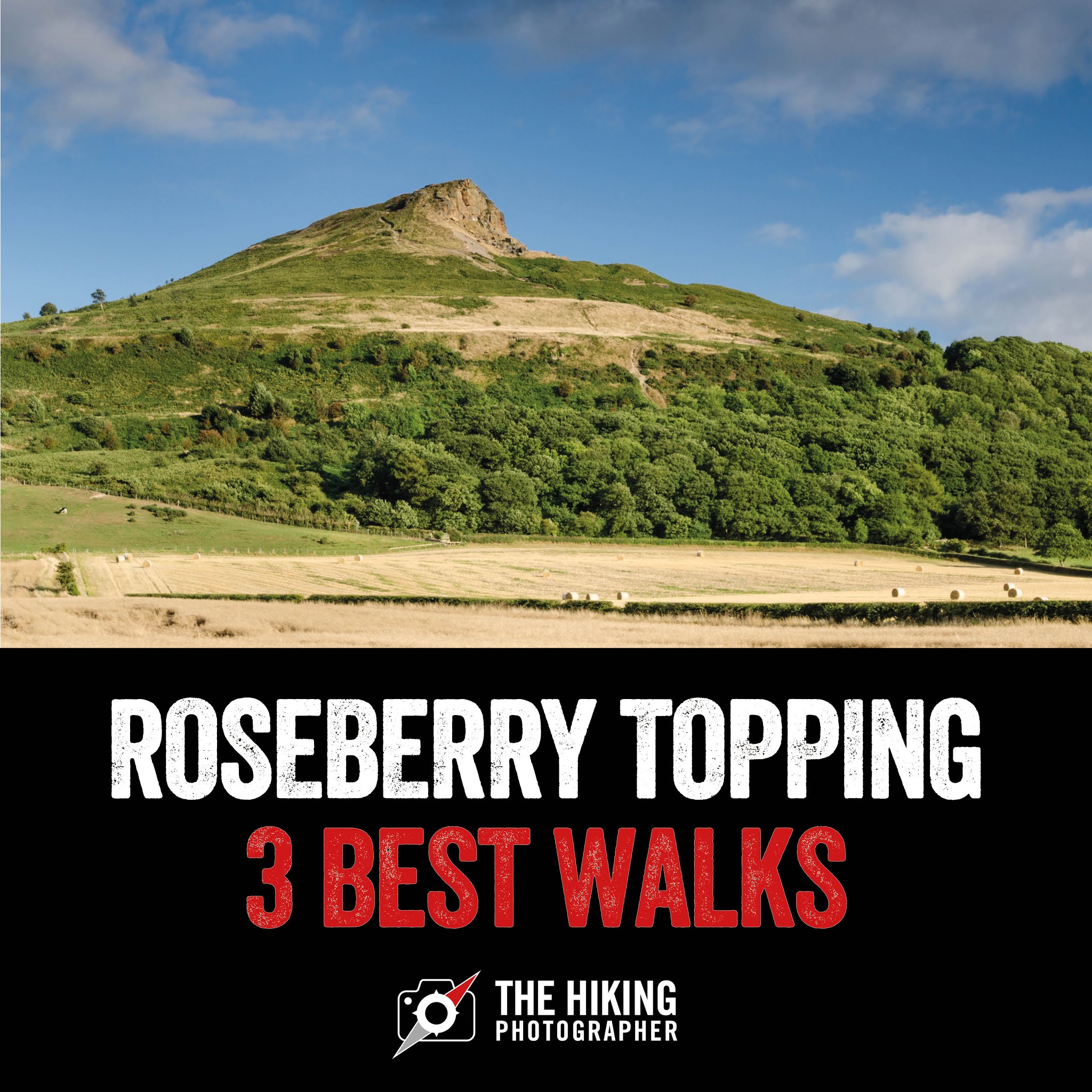
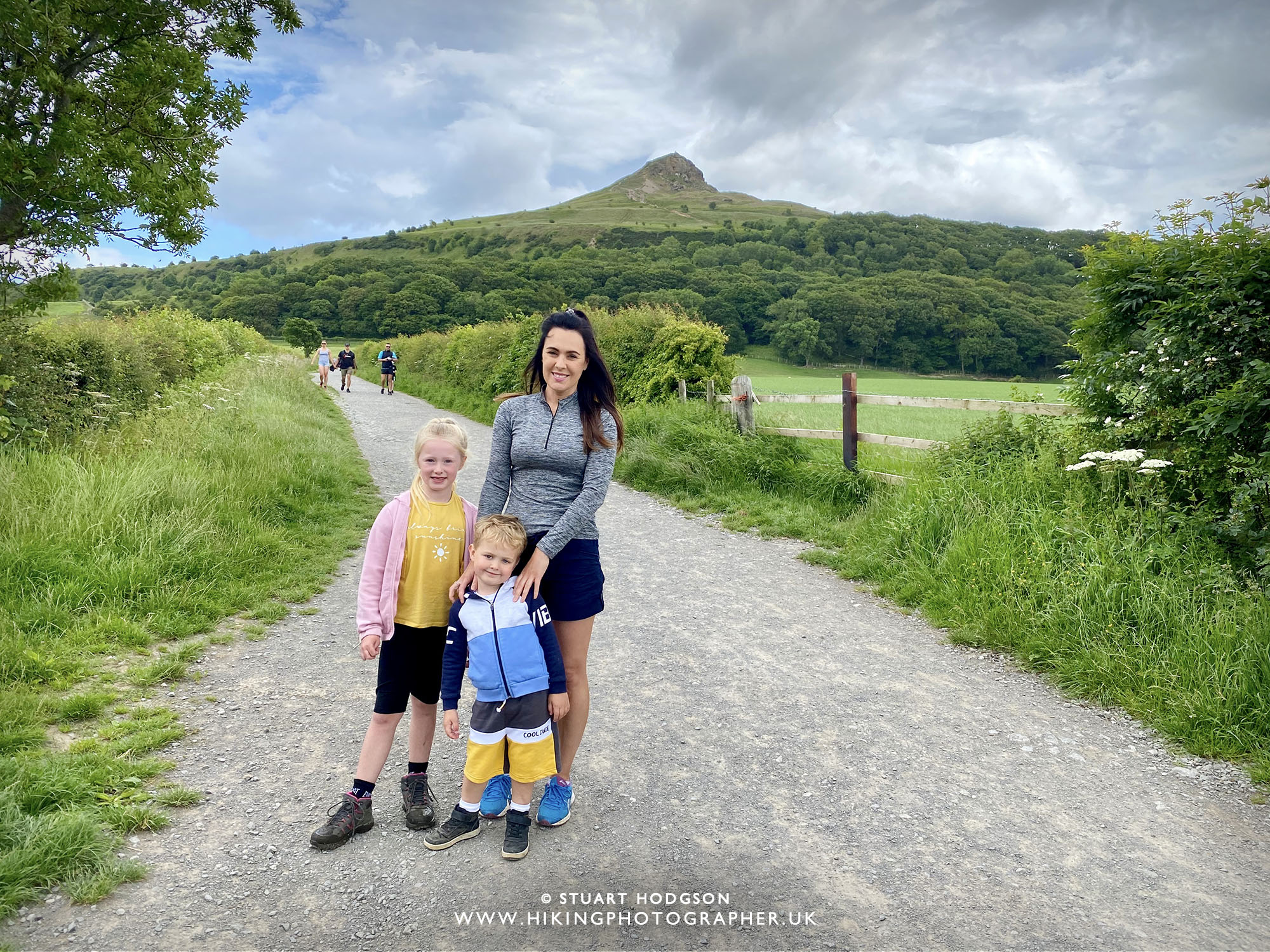
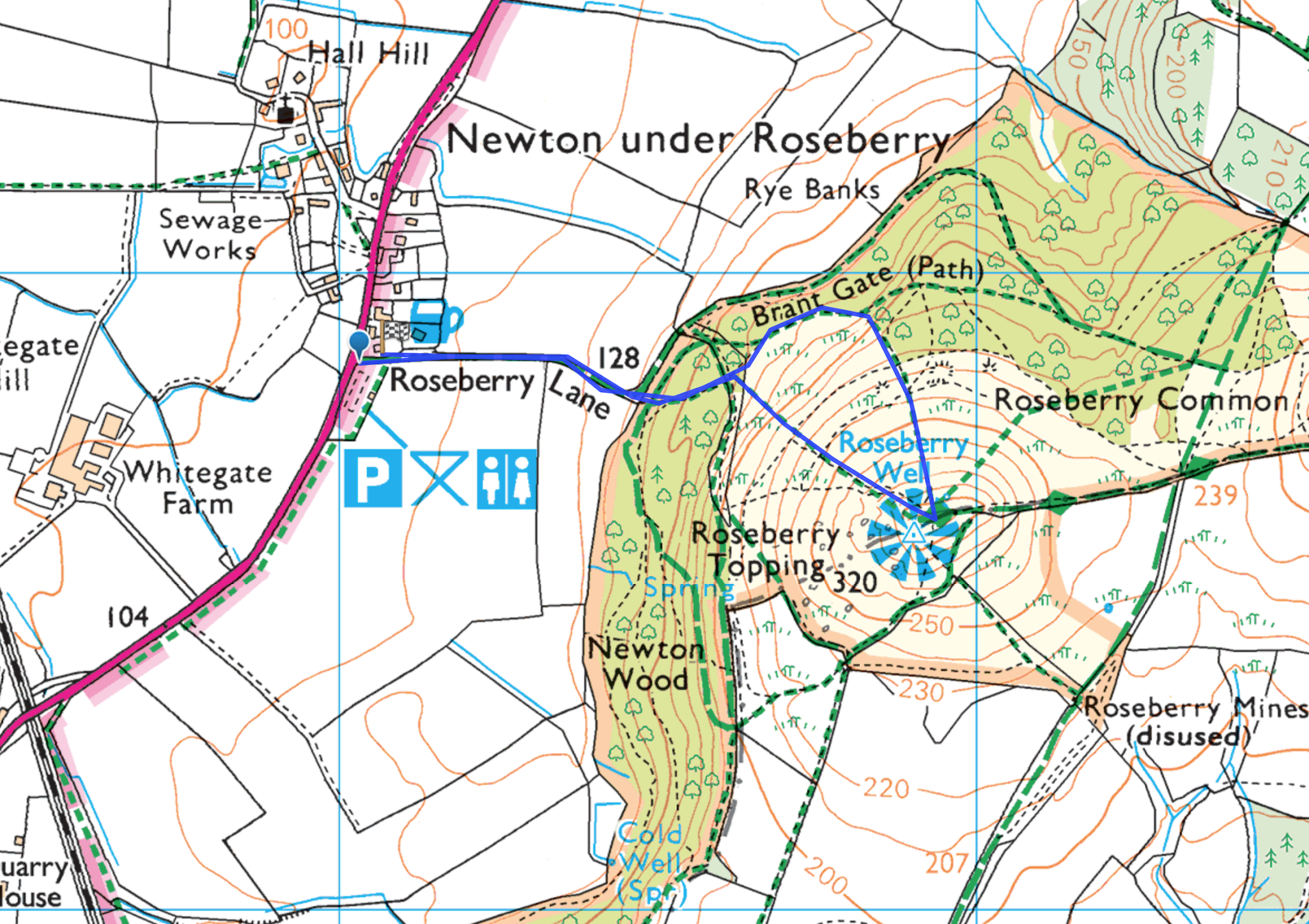
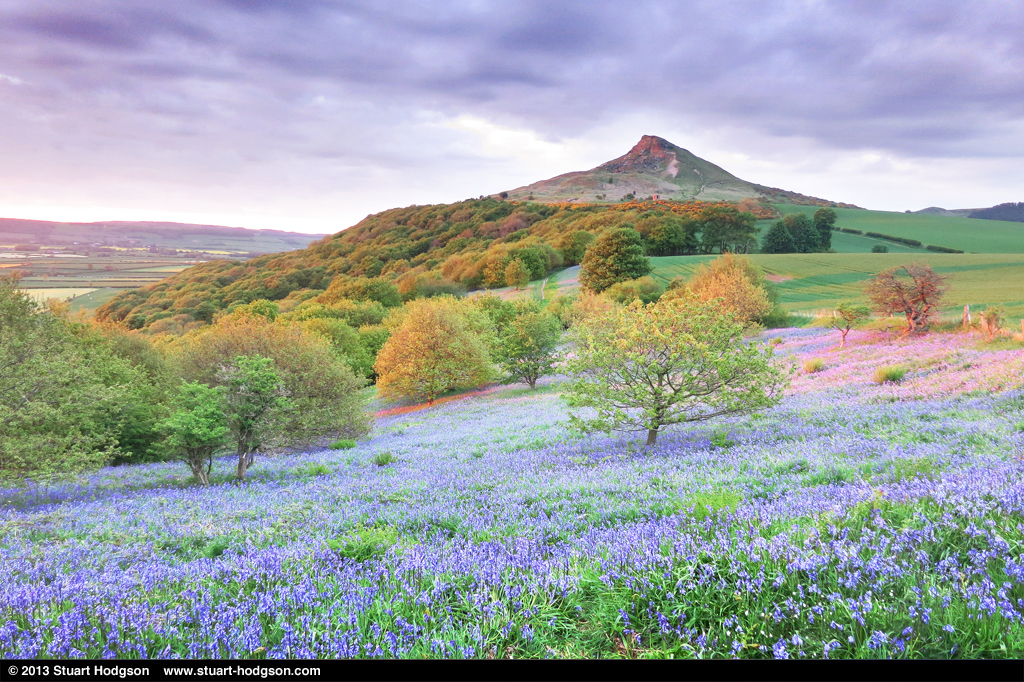

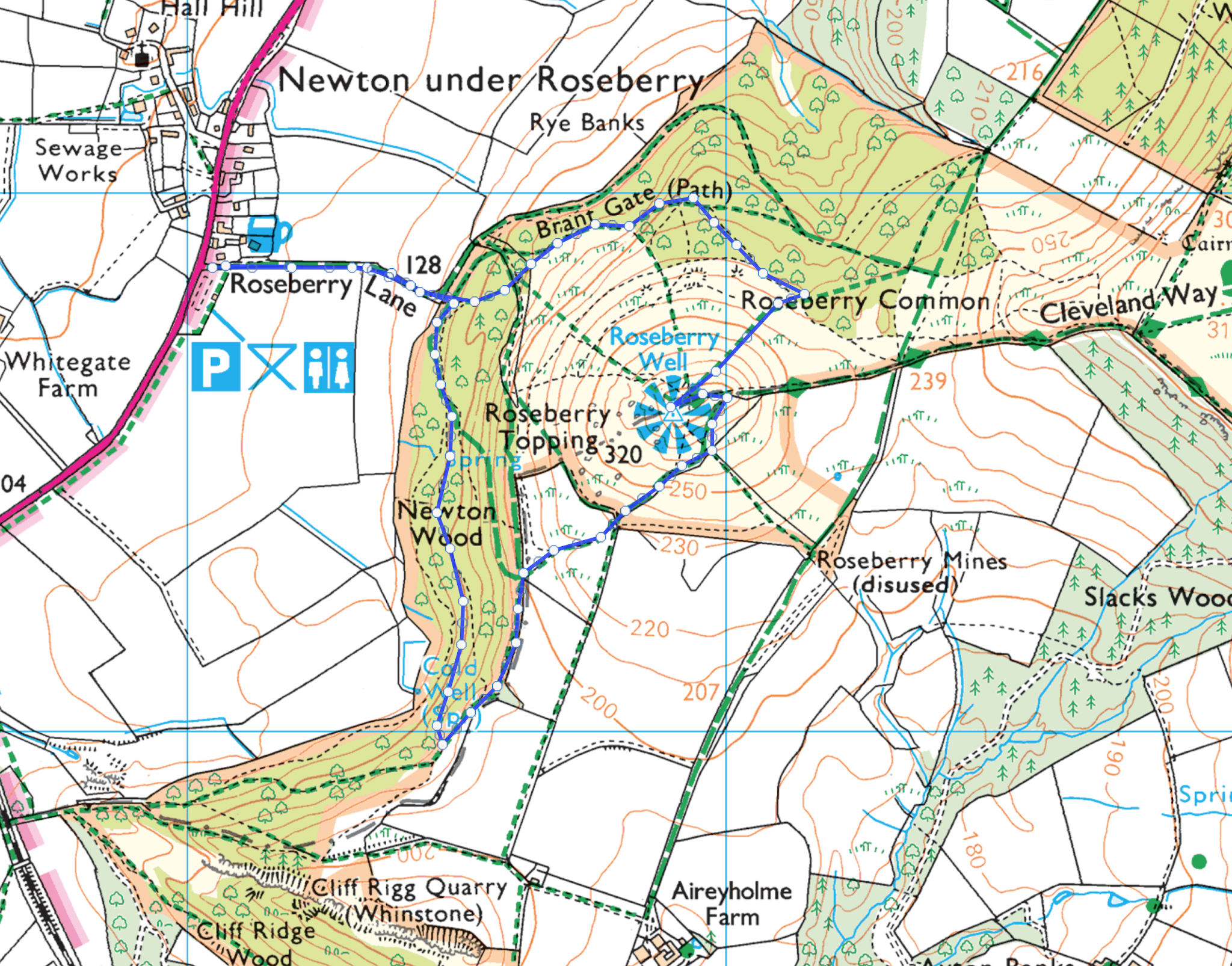
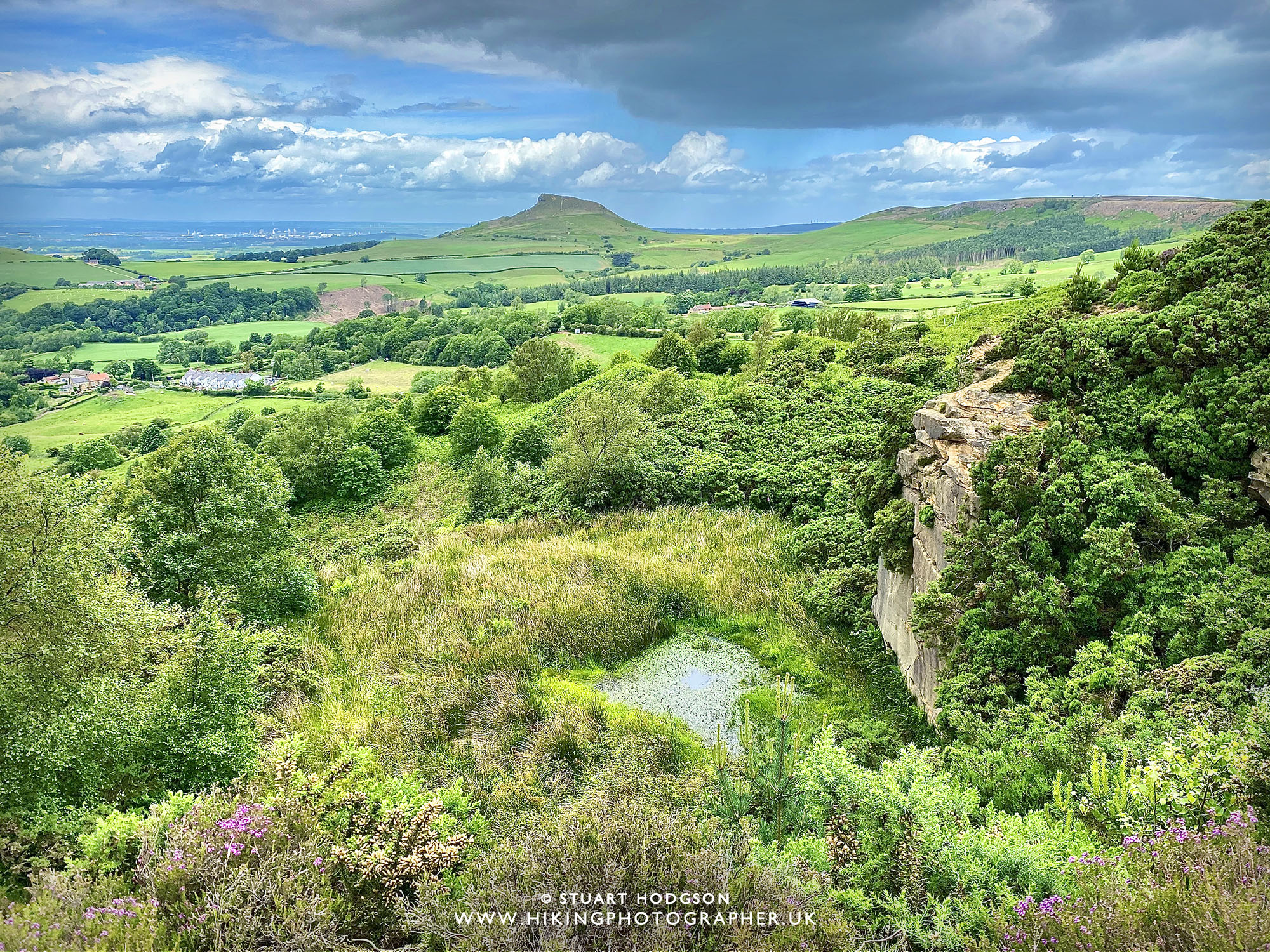



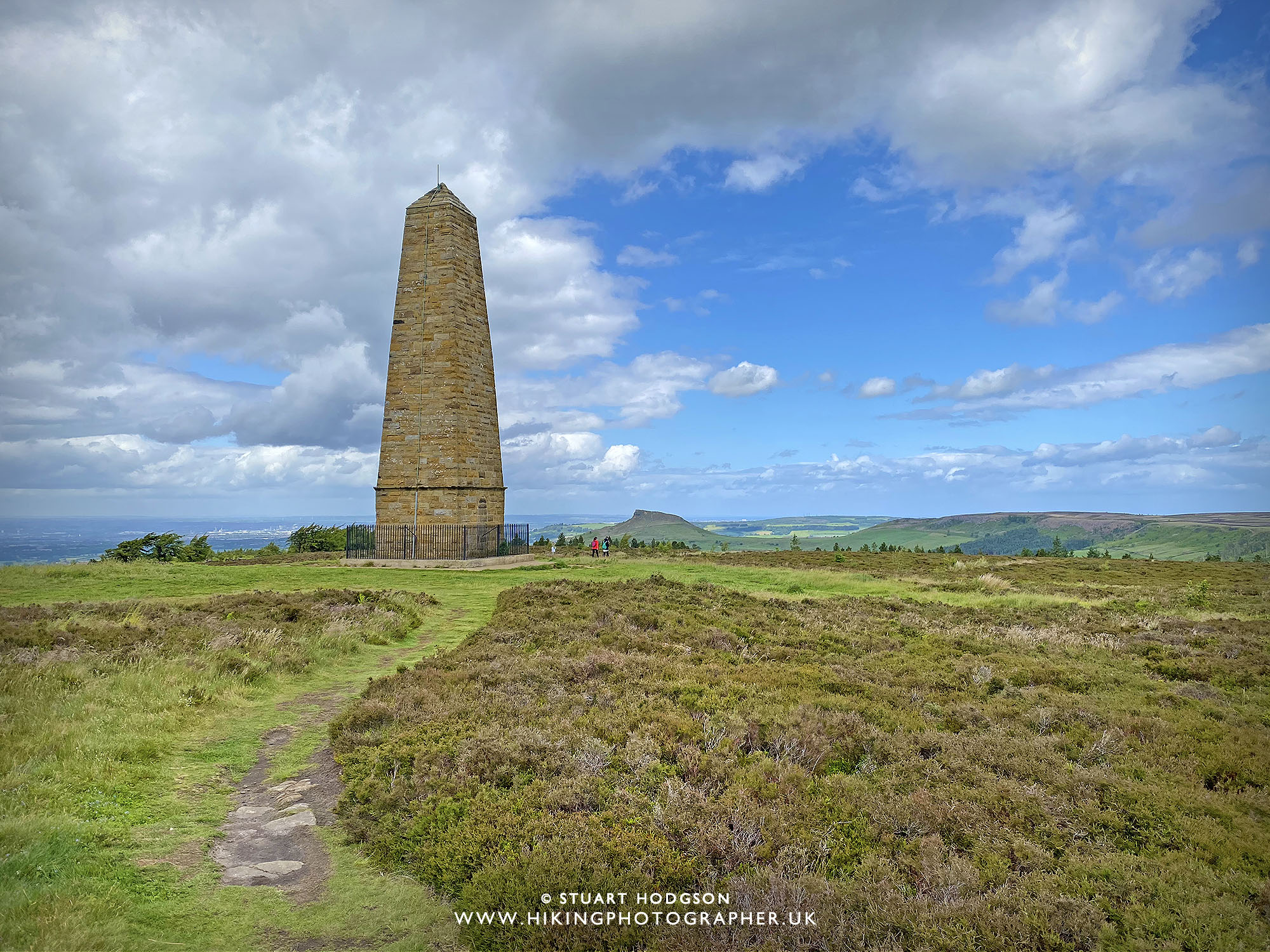




Enjoyed reading your walks – thank you. We are coming to the north-east next week and are looking forward to exploring the area. Is there a free equivalent to the OS maps app – or is that too much to hope for!.
Hi – glad you find the blog useful. There are alternative apps – but if you wish to use the OS Maps within them then there’s a licensing cost associated. All Trails is ok – they have different types of maps (but not as detailed). I’ve tried a few tbh – and settled on the OS Maps App as the best – for the amount of times I use it – it’s great value. Hope you enjoy exploring the area!
Found this website, signed up for the mailing list, downloaded the OS maps app, harnessed up the dogs and completed this walk in reverse (randomly). I’m hooked. Great walks with great images. Looking forward to my next walk with the 🐕 🐕
Hi Nick – chuffed you have found this blog post useful and you enjoyed your walk. Hope you do many more walks – can’t beat a good dose of the outdoors!
Really enjoyed reading about the history of Roseberry Topping and how it was formed – I never knew!
Hi, the link to the longer walk – Roseberry Topping walk via Captain Cooks Monument & Cockshaw Hill – OS map no longer works. Do you have another map we could use, as I’d really like to try your specific trail! Thank you.
Hi – thanks for pointing that out. I have updated the link for the longer Roseberry Topping walk – it’s a really good route